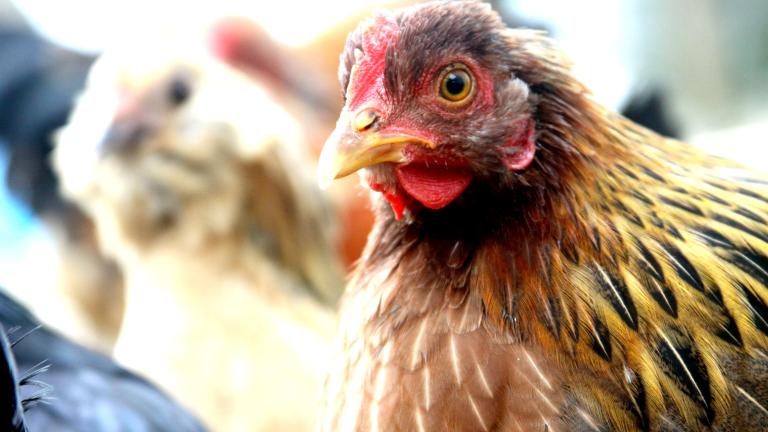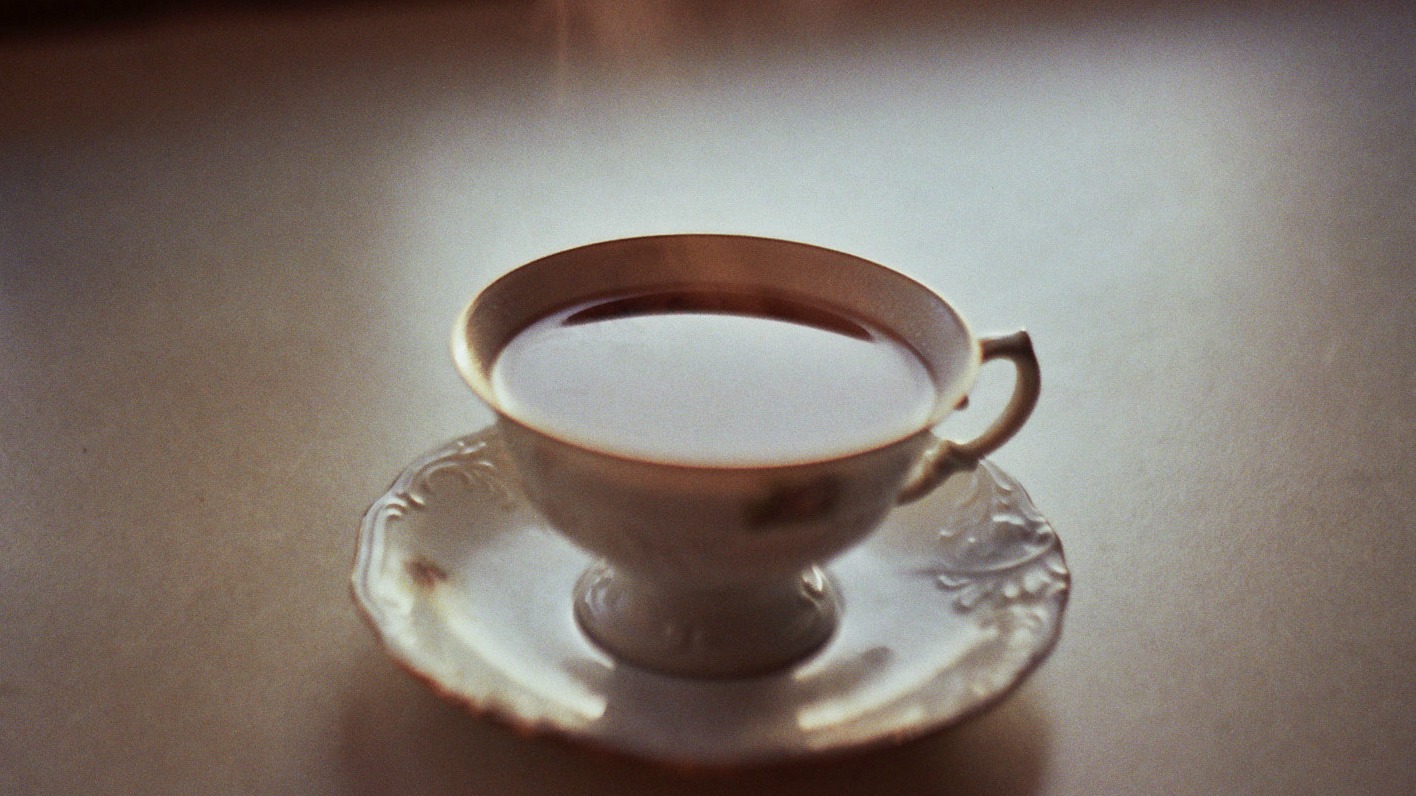Q. I have a voracious tea-drinking habit. I only recently realized that my habit of recycling individual tea bag wrappers – the plastic-y outer package, not the inner fabric-y bag – was unfounded. Both YogiTea and Tazo told me (in emails) that their packages are not recyclable. Are there any eco-conscious tea companies out there, or should I make the leap to loose-leaf?
Nicole W.
New Haven, Conn.
A. Dearest Nicole,
Today, I suspect you and I might be ringing in the new year the same way: curled up on the couch with a hot cuppa, letting the soothing tea revive us after a night (well, a few weeks, really) of holiday merrymaking. After all, few other treats manage to feel so luxurious and so cleansing all at once. So settle in and sip away – I’ve got a kettleful of suggestions for you, and a 2015 New Year’s resolution to boot.
Those unfortunately unrecyclable tea-bag wrappers clue us in that your favorite drink comes with some packaging issues, Nicole. (Bravo to you for taking the initiative to go straight to the brands with this matter, by the way.) As is the case with other paper hybrids, like the plastic-lined cardboard you find in butter cartons or frozen dinner boxes, the paper-foil combo in your typical tea packet often renders it too difficult to recycle. (They can be reused, if you’re so inclined: Head over here for a few ideas involving seed starting and decoupage.) Luckily, though, there are brands out there that don’t use the shiny stuff.
Before I let you loose in the tea aisle, let’s take a closer look. First, there are those fancy, pyramid-shaped tea bags – you know the type? Well, they’re usually made of plastic, so no composting allowed; my hunch is that you might run into trouble recycling those, too. (Fine print to the fine print: Several brands, like this one and this one, come from polylactic acid, a.k.a. PLA or corn plastic, which is commercially compostable.) A slightly better option would be teas like Lipton, which come in totally recyclable paper wrappers. Even better than that are the tea brands that skip individual wrappers altogether, so when you open the box, your tea bag is naked and ready for a (skinny) dip. Celestial Seasonings is one high-profile example of such a brand.
One more caveat with tea bags, though, Nicole: Some look like innocuous, compost-ready sachets of natural fibers, but actually contain some polypropylene. One British study from a few years back reported that some top U.K. tea bags were only 70 to 80 percent biodegradable, leaving strange little plastic piles in gardeners’ compost bins. Then again, other brands are plastic-free and fine to compost, so check company websites before you steep. (Tea bags that are stitched rather than heat-sealed are good bets.)
Of course, we’re talking about some small impacts here when compared to other ways you could be reducing waste in your life, Nicole. Still, we should also ask ourselves, as we do for all things: Could we be doing this better? In this case, the answer is yes, and you already know what’s coming next. Bulk loose-leaf tea can be a zero-waste endeavor, and that beats any wrapped-up, single-serving bag option on the tea tray. There are no pouches, wrappers, or cardboard boxes to manufacture and then dispose of when you scoop your own bulk tea into reusable containers. Plus, all the tea snobs I know insist that loose-leaf tea, which is made from full leaves rather than the tea “dust” you tend to find in bagged versions, makes a much tastier and more sophisticated mug anyway.
So there’s a resolution for you, and the switch need not be much of a leap, either. You don’t necessarily even need any fancy tea equipment to brew this way – a kitchen pot and a fine metal strainer will do nicely. You can even go full fortune-teller mode and steep the leaves directly in your mug. One step up would be to try a metal tea ball, which can be had for a few bucks and will let you dip and sip individual cups practically ad infinitum. If you’re the type who drinks pots at a time, a kettle with an accompanying infuser is better for large quantities (and remember, electric is more efficient than stovetop). And loose-leaf on the go? There’s a vacuum infuser mug for that.
Happy New Year, one and all! May 2015 be a cleaner, greener, more sensible year for all of us. I’m ready to embrace it — as soon as I finish this cup, that is.
Partied-outedly,
Umbra



